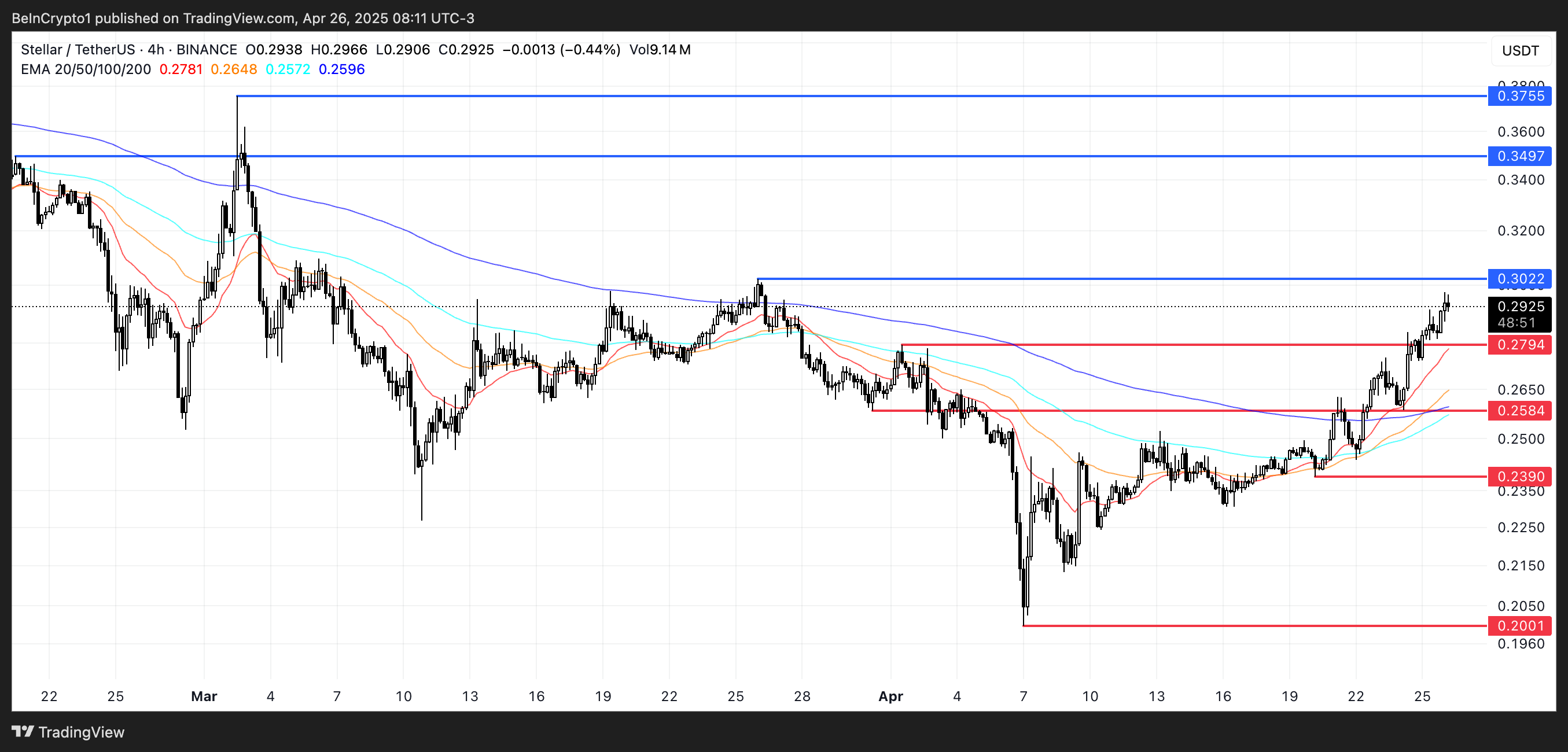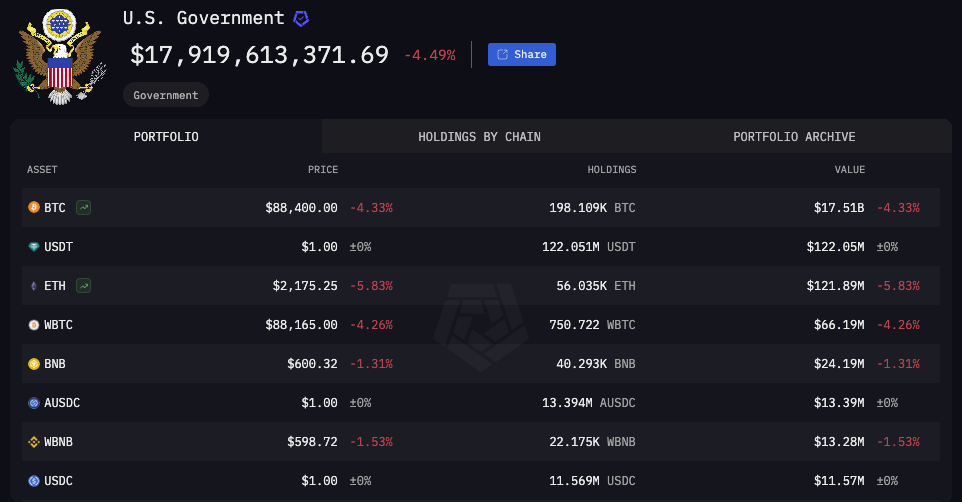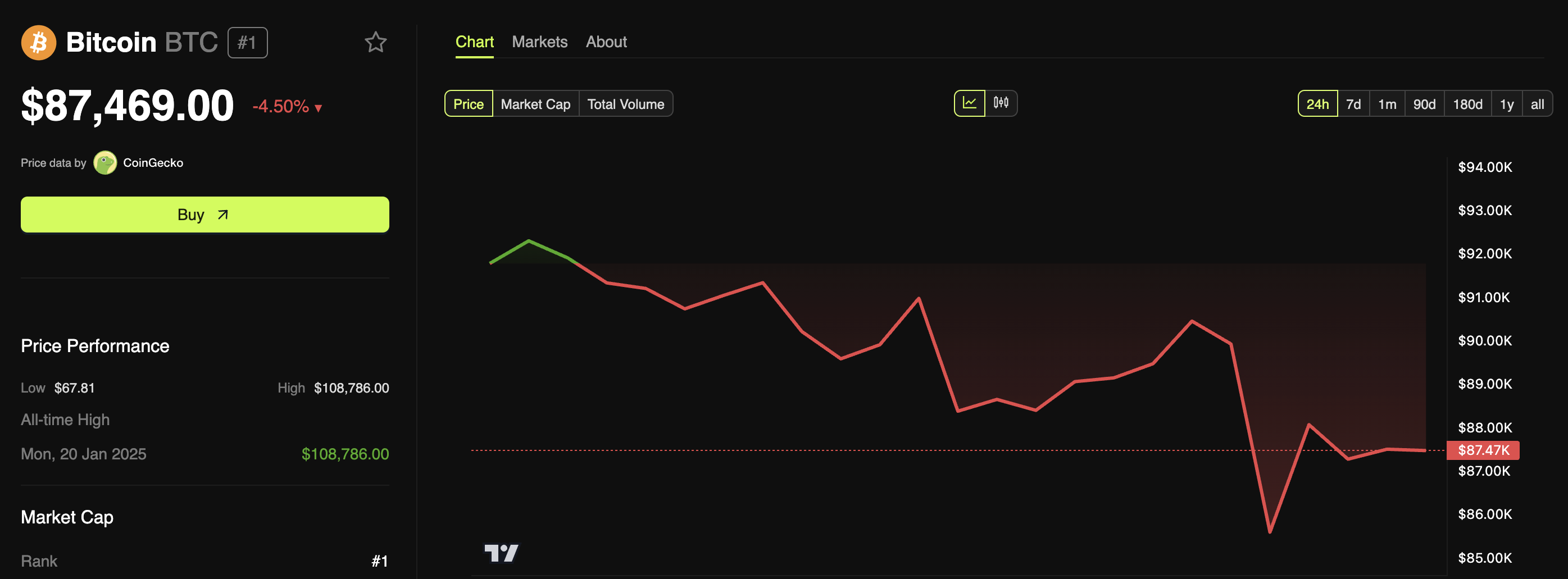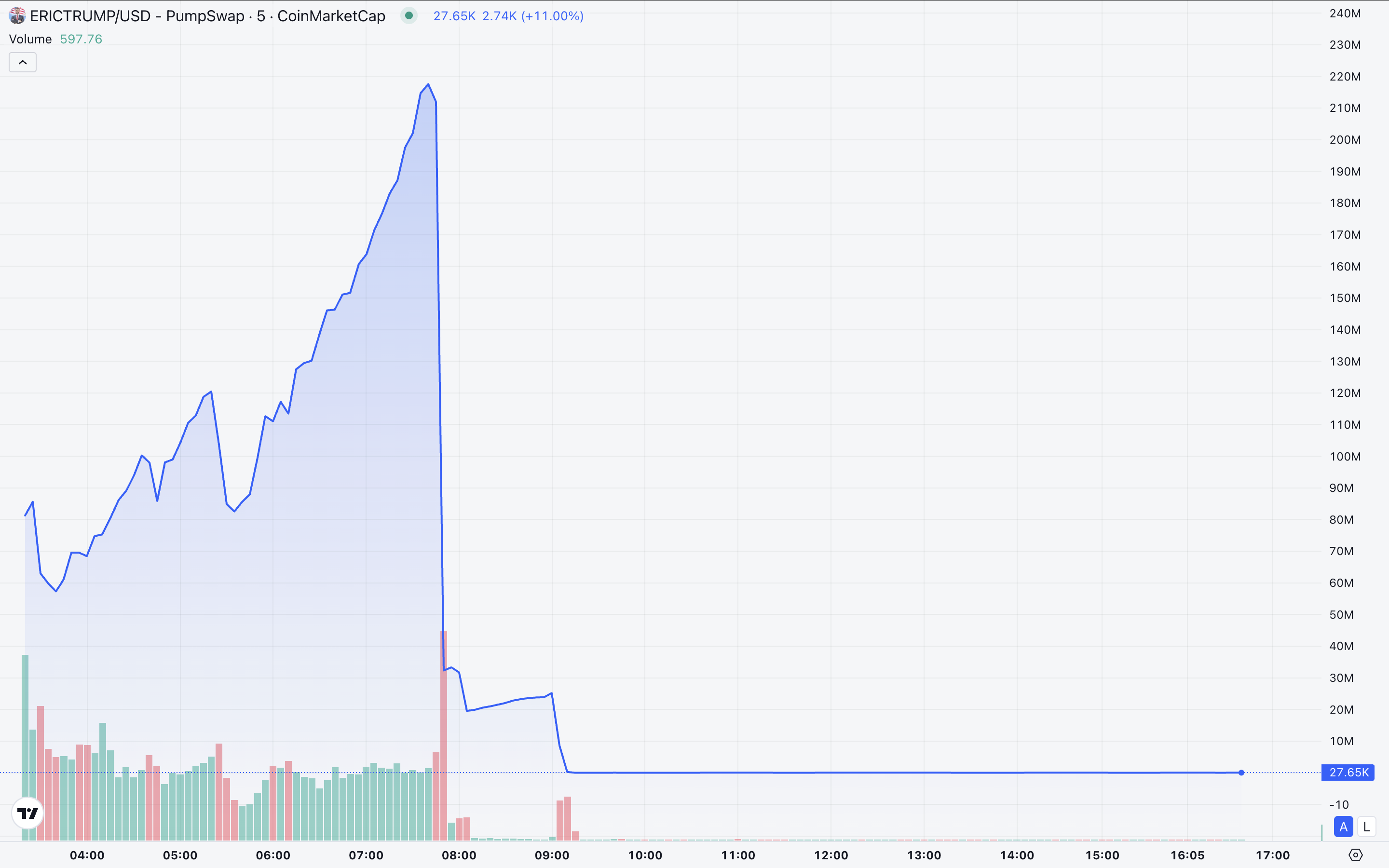The SEC and Binance.US filed a joint motion today to finish the ongoing legal battle between the two parties. The two entities have been negotiating for several months, but this represents a significant breakthrough.
Still, it may be premature to claim that the legal proceedings are entirely resolved.
Binance.US and the SEC’s Fight in Final Phases
While former Chair Gary Gensler was in office, the SEC was much more aggressive about pursuing charges against Binance’s US division.
In the intervening months, however, the Commission has taken a much softer stance. The two filed a joint motion to pause their battle in February and asked for an extension over a month ago. Today, they requested a permanent end:
The SEC filed a lawsuit against Binance, Binance.US, and founder Changpeng Zhao on June 5, 2023, in the US District Court for the District of Columbia. The complaint included 13 charges, alleging violations of federal securities laws.
The SEC claimed that Binance offered and sold unregistered securities, including BNB and BUSD tokens, investment products like “Simple Earn,” “BNB Vault,” and a staking-as-a-service program.
Also, the Commission asserted that Binance.US misled investors about its market surveillance and controls, citing instances of wash trading that artificially inflated trading volumes. But now, under the current pro-crypto administration, the SEC is dropping these enforcement claims.
“The dismissal of the SEC’s case against Binance is a landmark moment. We’re deeply grateful to Chairman Paul Atkins and the Trump administration for recognizing that innovation can’t thrive under regulation by enforcement. The US is back – leading from the front in the future of blockchain.” – Binance spokesperson told BeInCrypto.
However, this is not the Commission’s only recent attempt to end a Gensler-era legal battle.
The Commission reached similar agreements with Ripple to end their famous court case, but procedural issues have frustrated the deal.
Even when the regulator and token issuer filed joint proposals and settlement offers, judicial rulings have still prevented a clean conclusion. Unfortunately, Binance and the SEC may or may not run into similar issues today.
For now, the news signals the SEC’s deep commitment to making amends with scrutinized crypto businesses. Due to legal complexities, the dispute may continue to exist, at least on paper, for weeks or months to come.
The post The SEC Drops Lawsuit Against Binance US, Files for Joint Motion appeared first on BeInCrypto.


 (@BinanceUS)
(@BinanceUS) 








